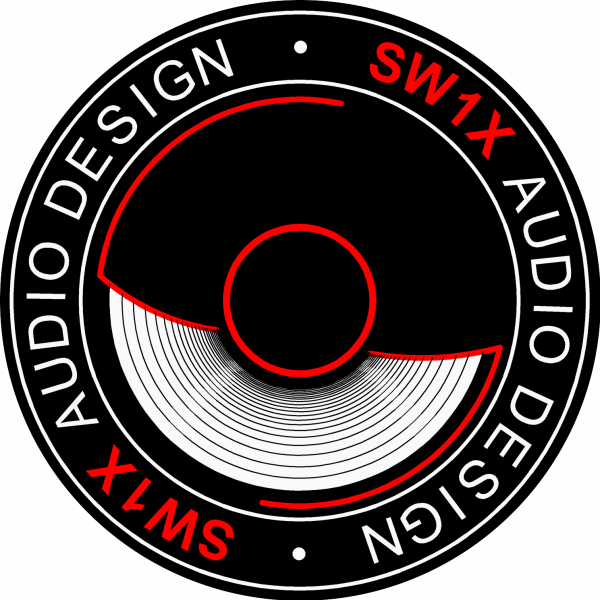The DAC II placed on a Bright Star multi-material base Audio proved itself right away very quiet and I decide to leave with Right Time,the compact by the Pisan pianist Federico Frassi on the EMME Records label: the quintet recorded in Viareggio (House of Glass) immediately presents an excellent scansion of the sound levels, the sound of the piano born from the leader is reproposed since immediately with a certain materiality and the size of the instrument is respected. As far as the harmonic decays are natural, the double bass played by Anelli is slightly set back and not particularly visceral in impact but lean and fluid without audible holes and the cavates and the sporadic clicks of the nail are well perceived, without neglecting the breath of the musician himself, enhancing the degree of resolution of the DAC II.
In the song Serenity Waltz, score written by Frassi, the sound of the Rhodes is intelligible and perfectly integrated with the trumpet of La Mancusa which, without overdoing it, remains perfectly focused in the center stage, just in the slight distance, while the sound of Battaglia's cymbals appears pleasant and bright. Also in this piece, as in the previous one, Anelli's double bass solo is enjoyable, with a healthy timbre as well as proving to be almost palpable.
With the increase of familiarity with the SW1X DAC II, one can intuit further subtleties that allow overall to bring out a picture that stands up to the best creations of the competition. To have a clearer idea of the scene reconstruction and spatiality qualities, parameters very dear to me, I decided to listen again with great pleasure The 40th Anniversary Tour of the UK (Telarc) a 1999 compact with an excellent line-up that sees the peak of Dave Brubeck's career, accompanied by historic musicians who have often revolved around the protagonist over the decades: that acrobatic Bobby Militello virtuoso of alto sax and a rhythm section that runs on straight tracks like a train in motion composed by Dankworth & Jones, respectively on double bass and drums. In Oh You Can Runthe opening syncopation played between the piano and the rhythm section serves as a forerunner to Militello's superb solo: the alto sax appears centrally advanced with respect to the piano, placed on the left, and the timbre is rough and rightly pointed: one could almost compare in a male voice scratchy and extensive… Stay for- the phrasing is perfectly understandable while the rhythm section, set back to the right, trots with ease up to the point that the bass separates and begins one's own and right from the start ap- seems dynamic well sized- to physically and pleasantly extended. In conclusion, the brilliant musician that was Brubeck, with his usual infinite pleasant class, lavishes himself on a splendid essay of pure improvisation: the instrument appears large, very complete and perfectly in focus, while in the distance, to conclude the piece, the applause of the audience appears very real. The stage recreated by the SW1X appears, pass me the term that I rarely like to use and abuse, superlative!
Turning to classical and symphonic music (Rachmaninoff, adagio dalla Symphony No. 2 in E minor op27 with the Baltimore Symphony Orchestra conducted by Zinman) the strings are the masters with a wide but not exaggerated scene: no form of gigantism is manifested! The soaring of the whole orchestra in unison in the center movement is beautiful: you notice a great detail and precision even compared to to the last rows of musicians, all to is perfectly understandable thanks to an excellent scanning of the sound planes, a feature also found when listening to the Allegretto from Symphony in D minorby Franck by the Cincinnati Symphony Orchestra conducted by the great López Cobos. In the opening, the oboe rises from the back of the room until it takes full control of the beginning of the score: it is a delicate movement but rich in multiple nuances that form the consolidated basis for the emergence of the double basses and a horn part French, while the arches are well present but behind, as if they didn't want not to participate actively but it's only one pretend, in fact here they are then advance with decision! The result is convincing as well as fascinating for display refinement. Also from the Telarc catalog step a Adagio for Strings(Barber with the direction of Kunzel and the Cincinnati Pops Orchestra): also in this case the strings form the background for the part played by the row of double basses yes as the scene develops with a considerable depth and a fair width; the stamp of the latter appear to have that right roughness typical of the bowed sound. It is a powerful sound overall, even if softness prevails in this score: we appreciate a sort of right amount of homogeneity of the frequencies, without any of them taking over in a particular way in a mix with the right balance.
The DAC does justice to what is heard, giving light and the right amount of savoir-faire in delivering certain sonorities required. As anticipated, I then continued the test of the converter produced by SW1X Audio Design using the mechanics of the Esoteric, less extreme and perhaps in some ways more traditionalist than the 47Labs. Again, i results were noteworthy: in this configuration the sound it leans more on the neutrality of the timbre than on nuances that shift the "heat point" of the performance. With this I absolutely do not want to say that the sound is light and less enjoyable or musical, on the contrary: it is a different but excellent form of reproduction…
Summing up, what can be added is that we are dealing with a component so well made that listening to it is a bit like being transported to the laboratory of a luthier; we add that the performances offered are at times disconcerting for expressive naturalness, timbre and respect for what is recorded on the disc. When you're immersed in your listening, you look at the clock and you can't understand how the hours of music went by so quickly, the answer is simple in my opinion: the pleasantness and the sonic amalgamation is such that you remain enchanted and time runs smoothly.
Notifications
Clear all
Jul 12, 2024 11:53 am



